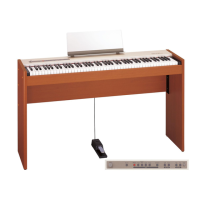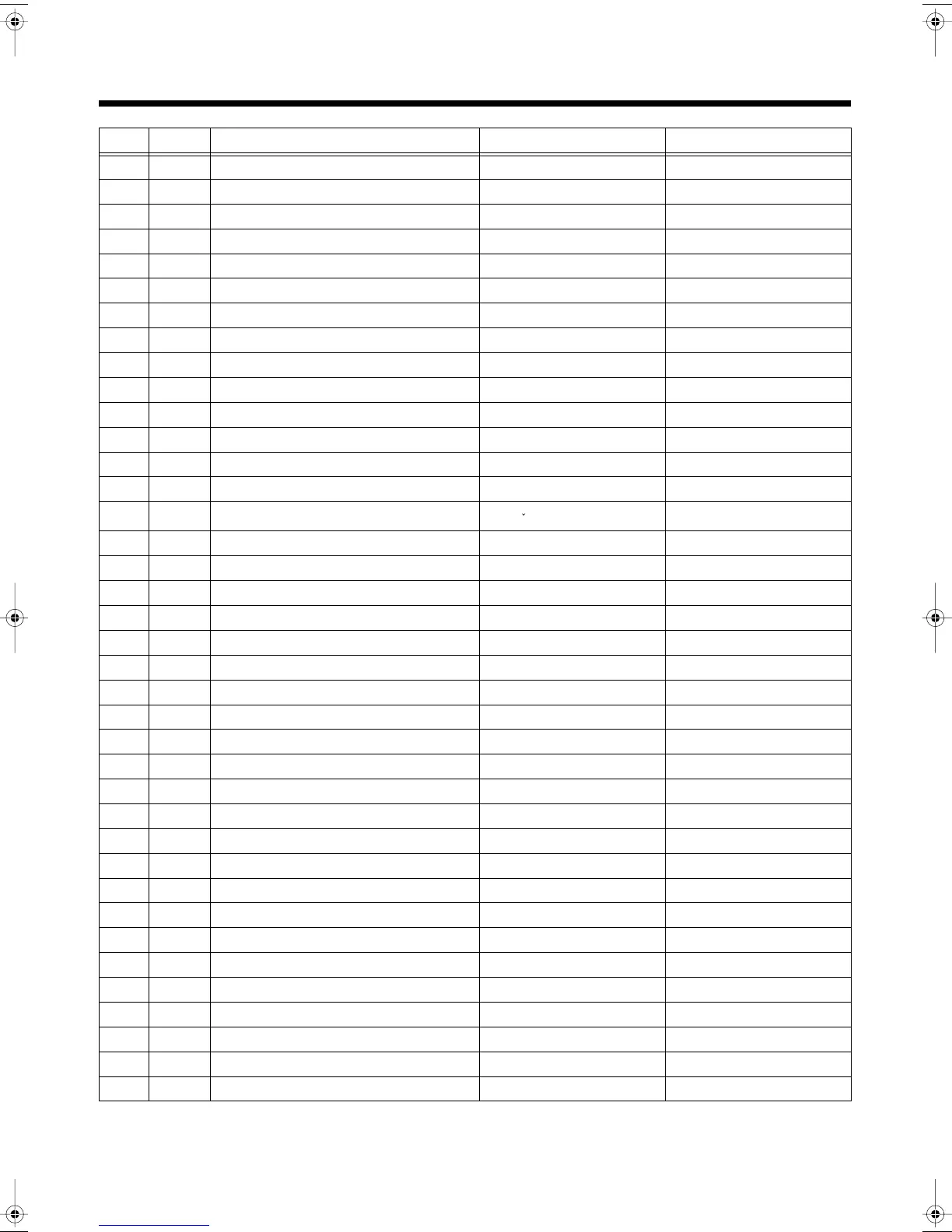What to do if my Roland Musical Instrument sound is distorted?
- CCasey LynnJul 29, 2025
Sound distortion can occur if the volume is set too high. Try adjusting the volume using the volume knob. Also, some tones may inherently sound distorted.

 Loading...
Loading...
What to do if my Roland Musical Instrument sound is distorted?
Sound distortion can occur if the volume is set too high. Try adjusting the volume using the volume knob. Also, some tones may inherently sound distorted.
Why is no sound produced by my Roland Musical Instrument?
If no sound is coming from your Roland Musical Instrument, check the following: * Ensure the volume knob is not set to the minimum position. * Verify that headphones are not connected. * Make sure nothing is plugged into the phones jack. * Confirm that Local On/Off is not set to “Off”.
Why does my Roland F-50 keyboard sound incorrect?
If the pitch of your Roland Musical Instrument keyboard sounds incorrect, verify that the Master Tuning and Key Transpose settings are correct.
Why are two sounds produced when playing my Roland F-50 Musical Instrument?
If two sounds are being produced when you play your Roland Musical Instrument keyboard, it might be in Dual Play mode. Check if Dual Play is enabled.
What to do if demo songs do not play on my Roland F-50?
If the demo songs are not playing on your Roland Musical Instrument, check if Panel Lock is turned on. If it is, turn it off.
What to do if only one tone plays in Dual Play on my Roland F-50?
If you're only hearing one tone in Dual Play on your Roland Musical Instrument, it could be due to the volume balance settings or the specific tones selected. Some layered tones may be difficult to hear. Try adjusting the volume balance.
| Type | Digital Piano |
|---|---|
| Number of Keys | 88 |
| Polyphony | 128 voices |
| Key Action | Ivory Feel-G Keyboard with Escapement |
| Touch Sensitivity | Key Touch: 5 types, Fixed Touch |
| Sound Engine | SuperNATURAL Piano |
| Effects | Brilliance |
| Speakers | 12 cm x 2 |
| Connectivity | USB |
| Included Accessories | Music rest |
| Recorder | 1-track MIDI recorder |
Explains the meaning of WARNING, CAUTION notices, and various safety symbols used in the manual.
Covers important operational notes regarding power, unit placement, cleaning, and additional usage guidelines.
Provides an overview of the piano's features, contents, assembly instructions, and panel layout.
Guides on initial setup steps including connecting power and installing the music stand.
Details connecting pedals and the procedure for turning the digital piano on and off.
Instructions for setting the volume level and connecting headphones for private listening.
Details how to play, stop, and choose specific demo songs from the piano's library.
Explains how to listen to demo songs demonstrating specific instrument tones.
Covers choosing individual tones and combining two sounds (Dual Play) for performance.
Instructions on how to apply reverberation to enhance the sound quality.
Guides on how to record musical performances and important notes regarding the recording function.
Explains how to adjust key sensitivity and disable panel buttons for piano-only play.
Covers transposing the keyboard and adjusting the master tuning reference pitch.
Details on adjusting volume balance for layered sounds and the depth of the reverb effect.
Explains audio connection jacks and the steps for connecting external audio devices.
Introduces MIDI technology and describes the F-50's MIDI input and output connectors.
Step-by-step guide for connecting the F-50 to external MIDI devices.
Discusses important cautions for MIDI connections, including Local On/Off and Omni On/Off settings.
Guides on setting MIDI channels and transmitting recorded performance data to external devices.